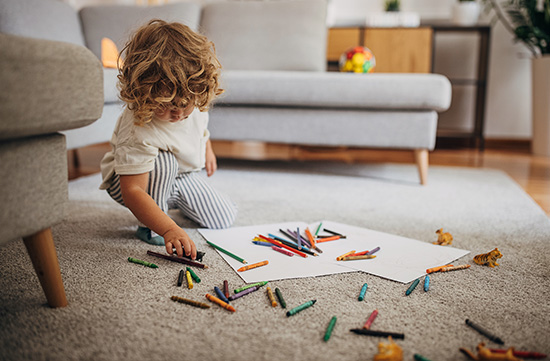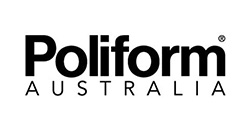
Cleaning Rugs & Carpets
When thinking about caring for rugs and carpets, you need to consider the fibre they are made from, each are treated differently.
Wool Carpet & Rugs

Wool has many wonderful properties. It’s resilient, naturally resists walked on soil and helps balance out humidity, is naturally self extinguishing in a fire, and more.
Leaving cleaning too long can cause permanent deterioration as soil becomes impacted behind the hard scales on the fibre.
Wool can be more vulnerable to spills than other fibres so regular, quality maintenance will help you get the most out of your wool carpet or rug.
Synthetic Carpet & Rugs
Synthetics include Nylon, Triextra, Polypropylene & Polyester, the last two mainly in rugs.
In general synthetic fibres will soil more quickly than wool. Fortunately there are also a greater variety of cleaning products that can safely be used to obtain a great result.
Regular vacuuming is important, but as other types of soils build up, vacuuming becomes less efficient. Grit is attracted to the ‘sticky’ oily soils and causes abrasion. Cleaning is required to remove these sticky soils.
Quality products and procedures make a big difference. Cheap detergents can dry ‘sticky’ or 'soapy' and actually increase the rate of soiling. Getting a cheap ‘splash and dash’ job done can be worse than doing nothing.
Hybrid Fibre Rugs & Carpets
Viscose is the most common hybrid fibre. It is also marketed as art silk, bamboo silk etc and is called rayon when used in garments.
Viscose is made from a process that converts wood pulp, usually bamboo, into a lustrous fibre. Viscose is extremely absorbant, can be stained by water, is fragile when wet and does not handle traffic.
If a viscose rug has been heavily trafficked it is not likely to be restored by cleaning and is usually considered a throw away item.
Brands We're Experienced With












